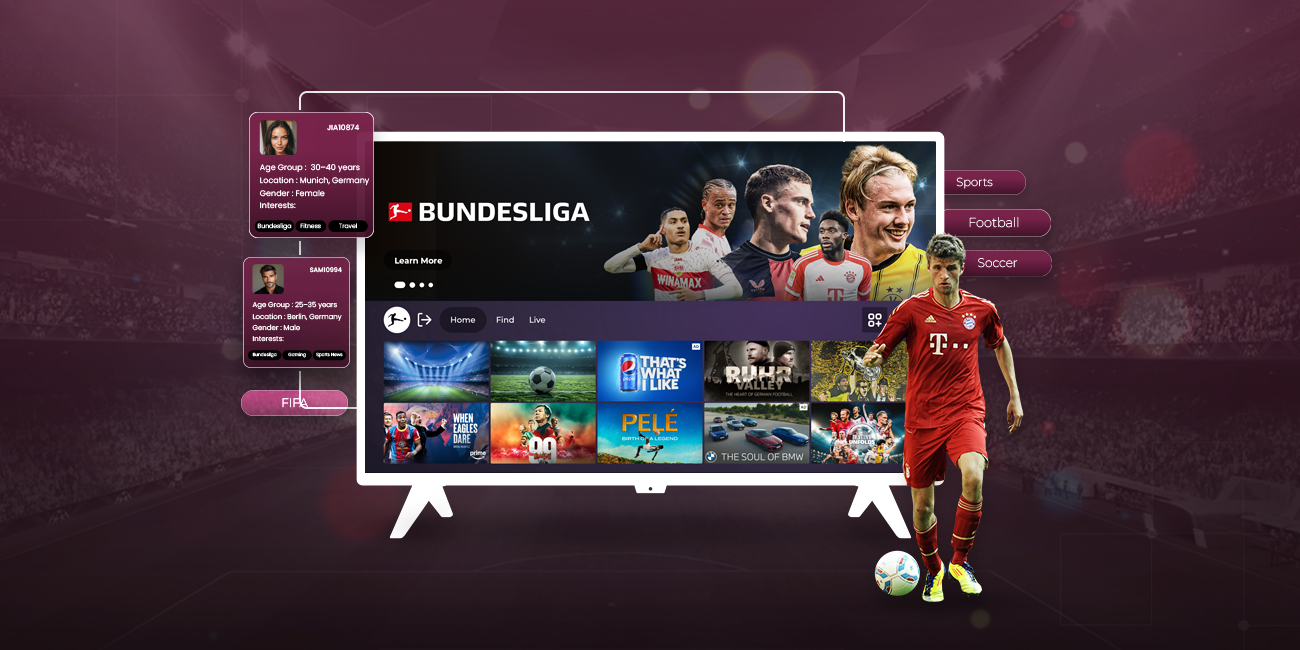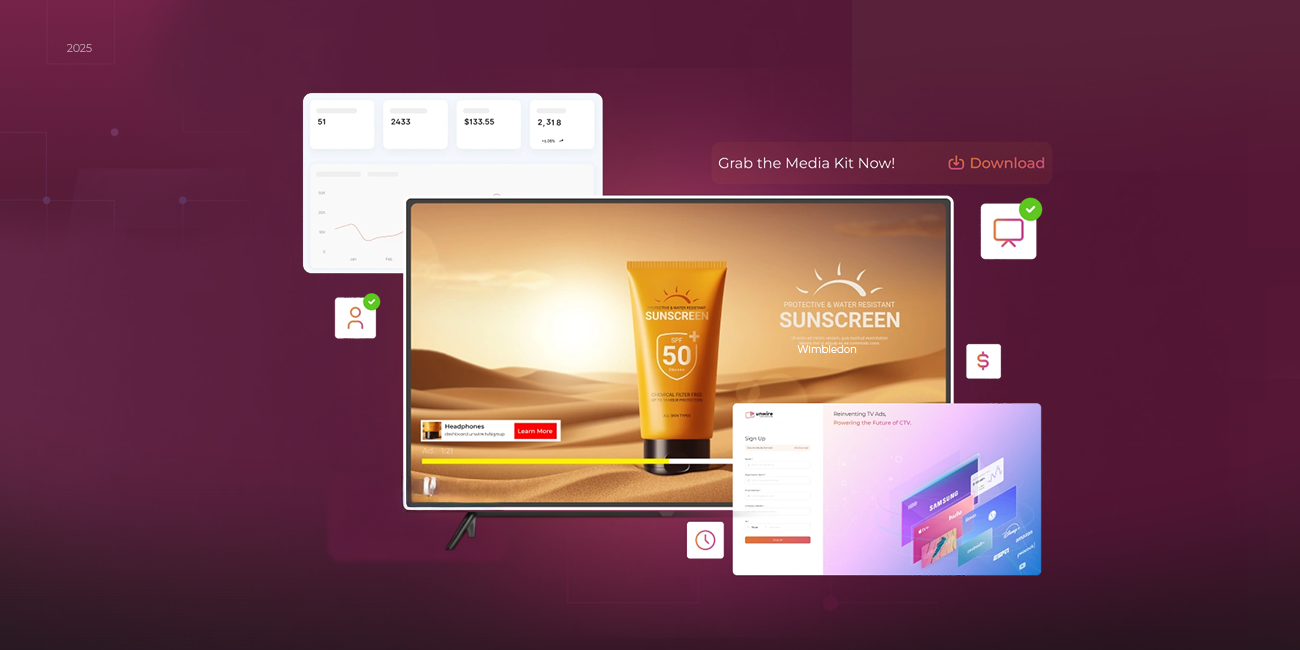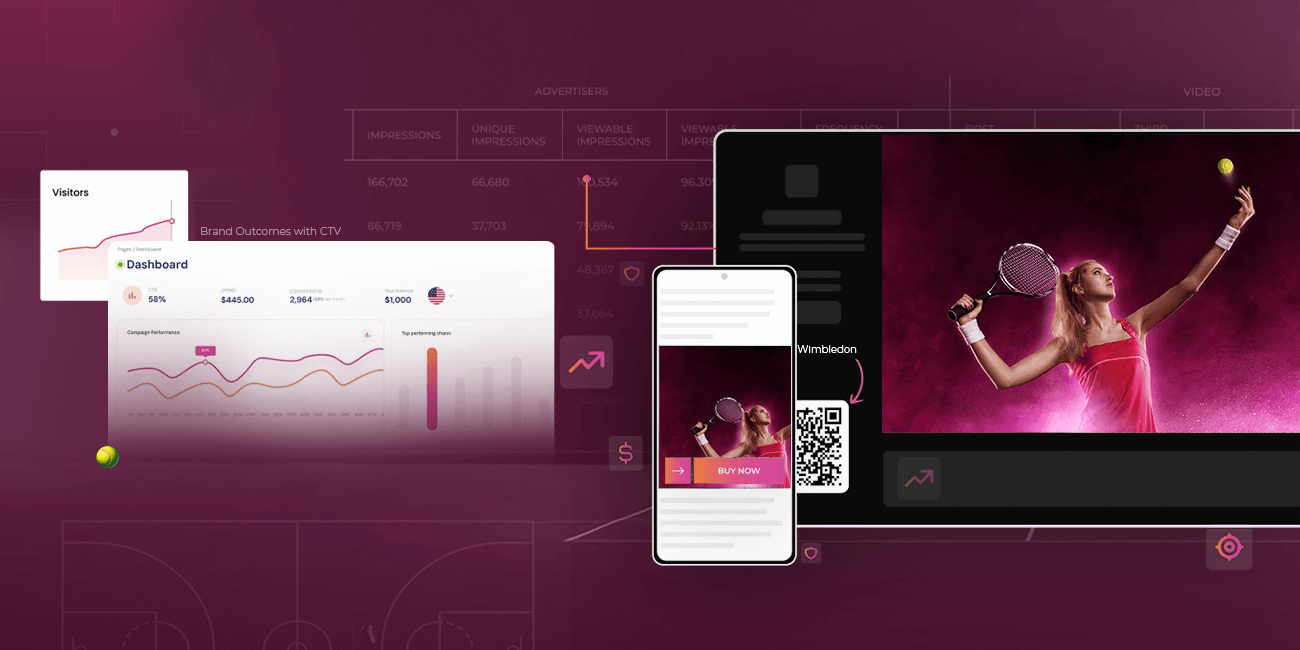
As CTV continues to revolutionize viewers’ everyday living room experience with a growing ad spending of US$65.31 million, advertisers and publishers face a major challenge of retaining attention and CLTV (Customer Lifetime Value) without compromising the streaming experience. In a landscape of vast options, intrusive or poorly timed ads can quickly erode brand favorability and push viewers to abandon platforms altogether. Smart ad break strategies such as ad podding and competitive separation have emerged as effective solutions to address this.
Notably, Viewer Lifetime Value (vLTV) represents the long-term revenue a publisher or advertiser anticipates earning from an individual viewer, further presenting a great opportunity with YouTube’s ad reaching 143 million users in early 2025. In the CTV world, where subscription fatigue and ad tolerance are significant concerns, prioritizing vLTV means focusing on user experience, integrity, and privacy. Similar to how brands emphasize CLTV, ad platforms invest in intelligent infrastructure to maximize vLTV, beginning with the strategic construction of ad breaks.
Ad podding enables sequencing ad breaks to match the flow and emotion of the content to match viewers’ mood. Brands can utilize it using server-side ad insertion (SSAI) helps advertisers create context-aware ad breaks in logical sequencing to align with the emotional tempo of the content, thereby helping retain long-term viewer attention.
Moreover, competitive separation helps preserve brand integrity by using AI-powered detection tools which enable platforms to instantly identify overlapping categories and adjust ad delivery in real time.
This ensures that rival brands are not served consecutively or within the same ad pod, reducing viewer confusion and building trust.
CTV platforms are paving the way in implementing these strategies through real-time and programmatic excellence that allows publishers to control ad decision-making, frequency capping, and competitive exclusion rules meticulously. This “programmable pod” approach puts user experience first, balancing advertiser ROI with long-term viewer satisfaction by focusing on ad pod deduplication, competitive exclusion, and contextual optimization. Meanwhile, they invest heavily in identity resolution and location-based targeting to ensure a personalized and competitive ad experience.
As concerns around ad fatigue and subscription drop-offs grow, it becomes increasingly clear that the quantity of ads does not directly translate to revenue. By delivering better-paced, personalized, and non-repetitive ads, platforms can turn fleeting viewers into loyal subscribers and brands can achieve a stronger ROI. Furthermore, the future holds storytelling within an ad pod, featuring AI-driven storytelling and emotionally synced ad sequencing, which promise to unlock even deeper viewer connections.
In conclusion, as CTV evolves, one truth remains: great viewer experiences lead to great business outcomes. Those who prioritize thoughtful, user-centric ad strategies will shape the future of streaming and win the loyalty of tomorrow’s audiences. Much like a well-constructed playlist earns replay value, thoughtfully designed ad pods can enhance viewer engagement and satisfaction. As CTV platforms evolve, innovations such as AI-generated emotional pacing and contextual storytelling within ad pods are expected to drive the next advancements in vLTV optimization.
Written By Edo Fernando, Country Head Indonesia, Xapads Media








